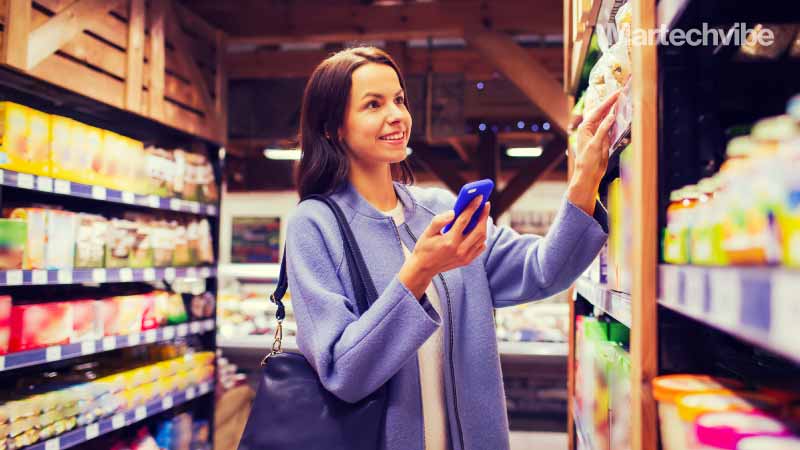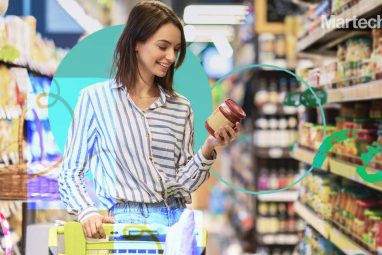Merging Online and In-store Grocery Shopping Experiences
In the new normal, it won’t be an either-or option for online or in-store grocery shopping. Given half of consumers are doing both, it’s critical to understand how the virtual and physical aisles work together. Online influences in-store behaviour, with upwards of 25 per cent of in-store purchases attributed to eCommerce exposure. Independent marketing and […]
Topics

In the new normal, it won’t be an either-or option for online or in-store grocery shopping. Given half of consumers are doing both, it’s critical to understand how the virtual and physical aisles work together. Online influences in-store behaviour, with upwards of 25 per cent of in-store purchases attributed to eCommerce exposure.
Independent marketing and communications agency Cramer-Krasselt (C-K) published a new report that outlines four key growth strategies for CPG brands to make eCommerce gains in the post-COVID economy. With many consumers utilising grocery eCommerce for the first time during the pandemic and, according to a report by Acosta, 75 per cent indicating they plan to continue this behaviour, mastering the grocery eCommerce ecosystem is no longer an option. The new report, entitled Is Your CPG Brand Set Up for Post-COVID E-Commerce Gains? was derived from the agency’s experience actively managing a range of CPG e-commerce programs and emphasises how brands can apply an interconnected approach across the entire ecosystem to drive success.
Also Read: How Livestream Shopping is Breaking the Boundaries of Luxury Retail
The report outlines four strategies CPG brands can use to drive e-commerce success in the post-COVID economy:
The Right Data Strategy: By utilising a data strategy that considers more granular inputs within the eCommerce ecosystem from lapsed users to aisle targeting, clients have experienced an increase in frequency among current purchasers by more than 20 per cent and incrementality by as much as 65 per cent.
Self-Serve Campaigns: While results can be generated using both managed and self-serve, there is extra deliverable power in the implementation of real-time, hands-on-keyboard management. As a result, self-serve campaigns have outperformed managed buys by nearly double.
Shoppable Experiences: Using data and trends focused specifically on identifying and segmenting impacts of shopping behaviour, the agency can create additional add-to-cart experiences online that lead to nearly one-third of active shoppers adding products to their carts.
Also Read: Instacart Acquires Over 250 Patents From IBM
Online + In-store: As we emerge from the pandemic, it won’t be either/or for online or in-store grocery shopping. The relationship is increasingly reciprocal. The report found that analysing one in the context of the other is critical to results. Clients experienced lifts upwards of 25 per cent in instore purchases attributable to eCommerce exposure.
“The report reflects extensive analyses of our CPG e-commerce client programs and trends that will help brands maintain and increase the gains made when the pandemic pushed new consumers into online grocery,” noted Stephani Estes, C-K Executive Director of Media who leads the agency’s e-commerce services practice, C-K Commerce. “It’s a critical time for brands to upgrade their data strategy, campaign structure and experiences throughout the online buying process to create future success.”





